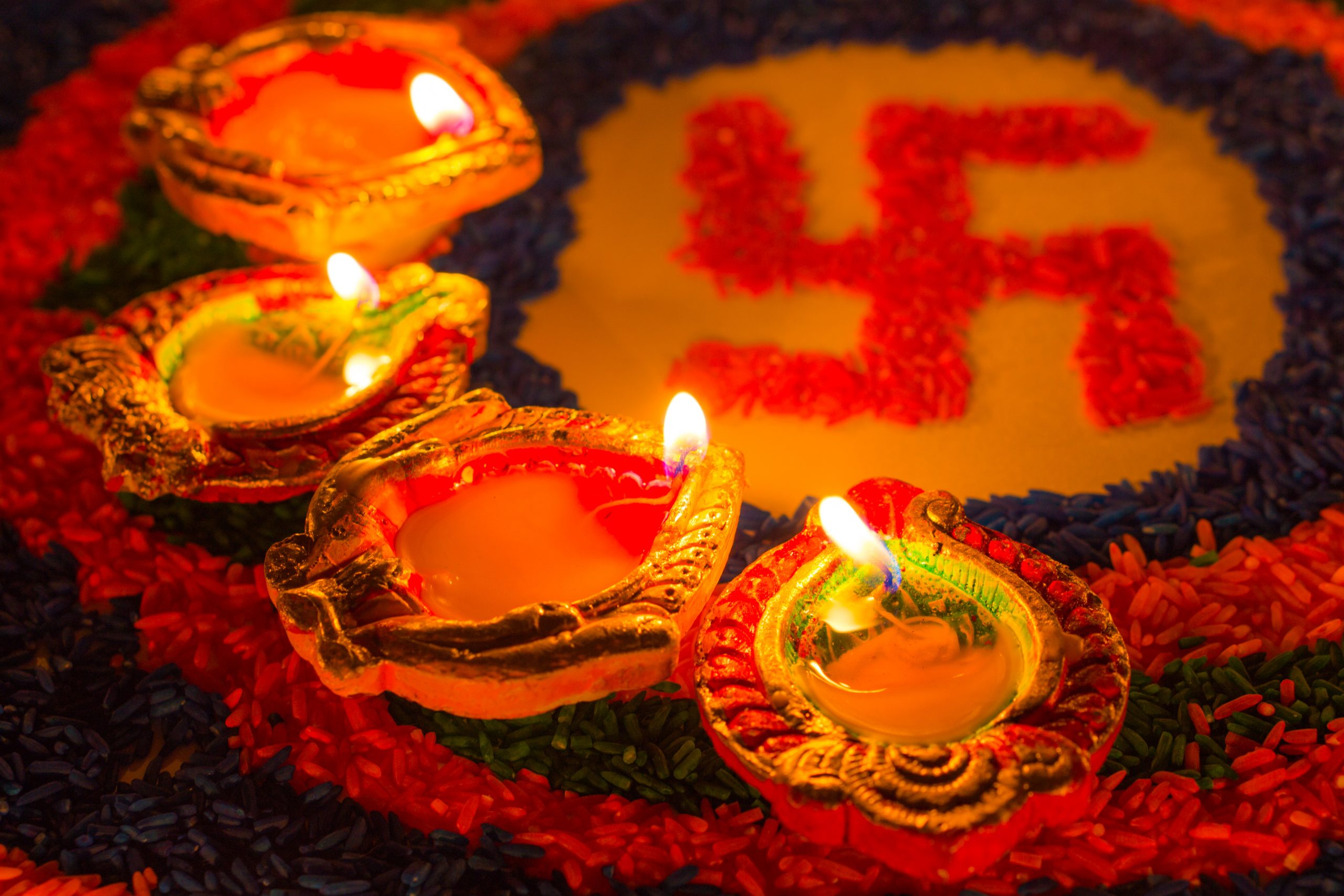Fiji is home to a diverse multi-ethnic and multi-religious population. The population is split primarily between two main ethnic groups: iTaukei (indigenous Fijians), who constitute 56.8%, and Indo-Fijians, who make up an estimated 37.5% of the population. Religious identity is closely correlated with ethnicity, as most Indo-Fijians are Hindu (27.9% of the total population and 76% of the Indian community), while indigenous Fijians are primarily Christian (all Christian denominations collectively comprise 64.5% of the total population). (U.S. Department of State, 2020)
Indo-Fijian Hindus were initially brought to Fiji from India in 1879 by the British colonists as part of the indentured labor system to work on sugarcane plantations. This brutal practice, akin to slavery, was finally abolished in 1916, but discrimination against Hindus continued, abetted by the state. (BBC, 2013)
During colonial rule, the British pursued a policy of separate communal developments to prevent Indian laborers and indigenous Fijians from becoming a unified community, thereby posing a threat to colonial rule. When the British departed, political power and the vast majority of land (87% of land) was left in the hands of indigenous Fijians, who dominated politics at the expense of the Indo-Fijian community, which comprised 40% of the population at that time. (BBC, 2013)
Since Fiji’s independence in 1970, the country has experienced three coups. The first military coup in May 1987 by Lt. Colonel Rabuka removed Prime Minister Timoci Bavadra and a government supported by Indo-Fijians. The coup was justified by assertions that the government was dominated by Indo-Fijians, although it was the first time that the community held political power in 17 years. (BBC, 2013)
In the months following the coup, racial tensions escalated and indegenous Fijians attacked Indians in widespread violence. In one bout of violence in May 1987, nearly 200 Indians were injured by a rampaging mob of thousands of coup supporters. (Kristof, 1987) According to one New York Times report, “An older Indian man was knocked to the ground, and he curled up in a ball as a succession of Fijians kicked him as they ran past. A boy was hurled to the street and kicked in the head several times until blood ran down his face.” (Kristof, 1987)
Lt. Colonel Rabuka then orchestrated a second coup in September of the same year after negotiations with the Governor-General (the Governor-General represented the British monarchy’s interests in Fiji until 1987 when Fiji became a republic), failed to reach a settlement.
After this second coup, approximately 30,000 – 40,000 Indo-Fijians fled the country. (Nanda, 1992) The new government also implemented overtly Methodist Christian policies, including forced closures of all businesses on Sunday. (Nanda, 1992)
Rabuka promulgated a new constitution in 1990, which effectively ensured political dominance for the ethnic iTaukei Fijians and explicitly discriminated against Indian Hindus by creating a race-based political system in which the majority of seats in both the House and Senate were allocated to iTaukei Fijians. (Nanda, 1992) The institutional discrimination enshrined in the constitution further fueled an atmosphere where the rights of Indian Hindus were violated with impunity and they were subjected to violence. In October 1991, there were a series of arsons and attacks on Hindu shrines, temples, and a priest. (Nanda, 1992)
International pressure and domestic unrest resulted in amendments to the constitution in 1997, making it more equitable and removing discriminatory provisions. (BBC, 2013)
Elections in 1999 saw the emergence of the first Indian Hindu Prime Minister, Mahendra Chaudhary, who was overthrown and held hostage a year later by a Fijian extremist and U.S.-educated businessman, George Speight. (BBC, 2013) Subsequently, violence against Indian Hindus increased and threatened their fundamental right to practice their faith.
Historically, discrimination has been a significant cause (among others) leading to the mass migration of ethnic Indians out of the country. According to a recent report, approximately 81,000 Indo-Fijians left the country between 1987 and 2004, out of a total of 91,000 emigres during that same period. (Kaitani et al., 2011) This has resulted in a major demographic shift, with a drastic decline in the Indo-Fijian population from approximately 50% prior in 1987 (Wyeth, 2017) to only 37% today. (Fiji Bureau of Statistics, 2007)
The third coup occurred in 2006, when the democratically elected Prime Minister Laisenia Qarase was deposed by the military led by Commodore Frank Bainimarama, who justified the coup in part as an attempt to alleviate ethnic tensions between the indigenous Fijians and Indo-Fijians and curb state sponsored racism against Indians and Hindus. (Perry, 2013) Bainimarama’s military regime did in fact end ethnically based preferential policies and took considerable steps to improve the conditions of the Indian-Hindu population and reduce reliance on ethnic based politics. Societal violence and discrimination against the Indian-Hindu community has drastically declined, though there have still been reports of recent incidents targeteting Hindu temples and schools.
Bainimarama has continued to stay in power since his 2006 military coup and eventually won democratic elections in 2014 under the banner of the Fiji First political party. He was reelected in national elections in 2018. (Freedom House, 2020)







































